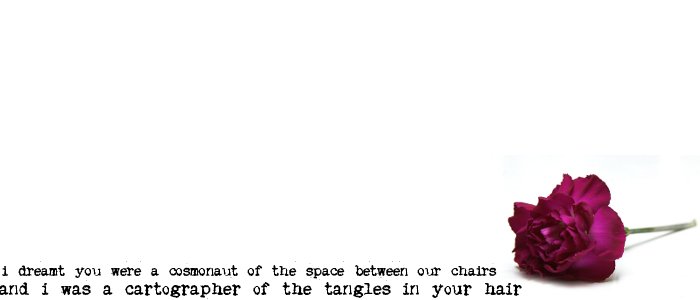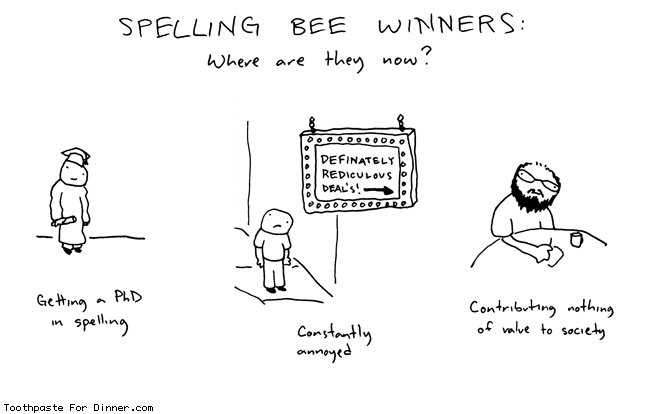
A good friend of mine posed a question to me a couple years ago that has since become a favorite conversation topic of mine with many different people. “In the movie of your life,” she wondered, “what actor would you choose to play you? What about your best friend? What about your love interest? What songs would be on the soundtrack?” It’s fun to think about, isn’t it?
Donald Miller begins the book A Million Miles in a Thousand Years by writing about when two film producers approached him with the idea of making a movie based on his memoir Blue Like Jazz. His description of the screenwriting process is fascinating. Although the book is taken directly from Don’s own life, the movie is to be a fictional portrayal of the character Don. The struggle he faces is unique: turning the events of his life into a cohesive story that grabs an audience and wraps up in two hours, and along the way coming to terms with the fact that his life is, frankly, quite boring. When Don asked one of the producers if people would be bored if the movie showed his life the way it happened, the reply that came was “I think they’d stab each other in the necks with drinking straws.” But really, all of our lives would probably be pretty boring if they were made into movies. “Life is slower [than film],” he writes. “It’s like we’re all… waiting for something to happen, and every couple months the audience points at the screen and says, ‘Look, that guy’s getting a parking ticket.’”
How many times have I daydreamed about my life-movie? The more I thought about it after reading the first few chapters of A Million Miles, though, the more I realized that the movie in my mind is based on a completely fictional life – one where I wear designer shoes and look like Reese Witherspoon and fall in love with someone who has a British accent, with a charming indie-rock soundtrack following me all the way. But let’s face it, Reese would probably not sign on to do a movie where her character sat around and studied most of the time except when she was taking naps or watching television or e-mailing a friend. If I wanted to make my life into something anyone would pay nine dollars to come watch, it would take some serious editing.
So, most of our lives would not make very exciting movies. What do we take from this? To me, the rest of the book after the initial setup served as a personal challenge. Don weaves elements of his own story in with parts of many other peoples’ to illustrate that the most fulfilling parts of our own lives are those where we made choices to create our own stories; when we consciously point ourselves in a new direction. We’ve got to take risks, we’ve got to learn from other people, and we’ve got to create memorable experiences. Because when you look back on your life, I’m sure you don’t want to see it as one endless cycle of sitting around and eating food and watching television and going to the gym. You’ll want to look back at the time you rode your bike across the country, or took a risk and pursued a relationship with someone, or jumped off a cliff. “There is a force in the world that doesn’t want us to live good stories,” Don writes. “It doesn’t want us to face our issues, to face our fear and bring something beautiful in the world.” We have to overcome our complacency in order to live a bigger life.
This was one of those books that I read at the perfect time. It seemed like every chapter spoke to me directly and encouraged me to live just a little differently. It’s definitely one I’ll keep on my shelf and pull out again sometime soon and I’d highly encourage all of you to read it.
Here’s the exciting part. I got this book from the publisher, Thomas Nelson, and they sent me an extra copy to give away to a friend. So I’m going to give it to one of you. All I’m asking is that you tell me part of your story – something memorable that has happened to you, whether it is funny, or sad, or even if it’s a little bit boring. You can leave it in a comment or e-mail it to me at allisonlott [at] gmail.com. On Friday, I’ll pick someone to win the book. Have fun – and I’m looking forward to hearing your stories.




